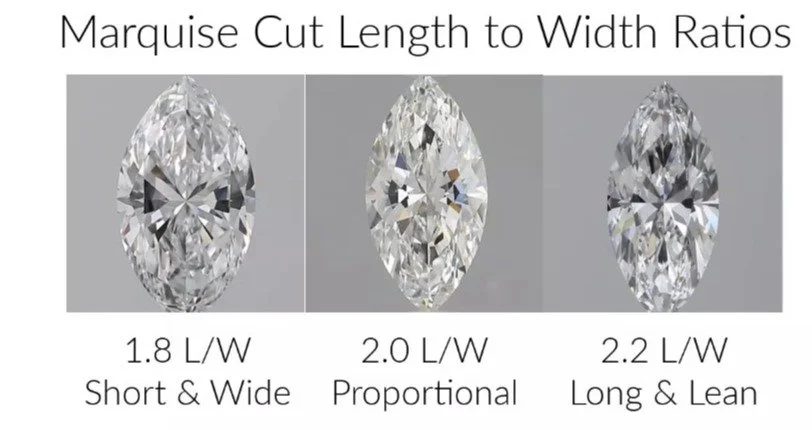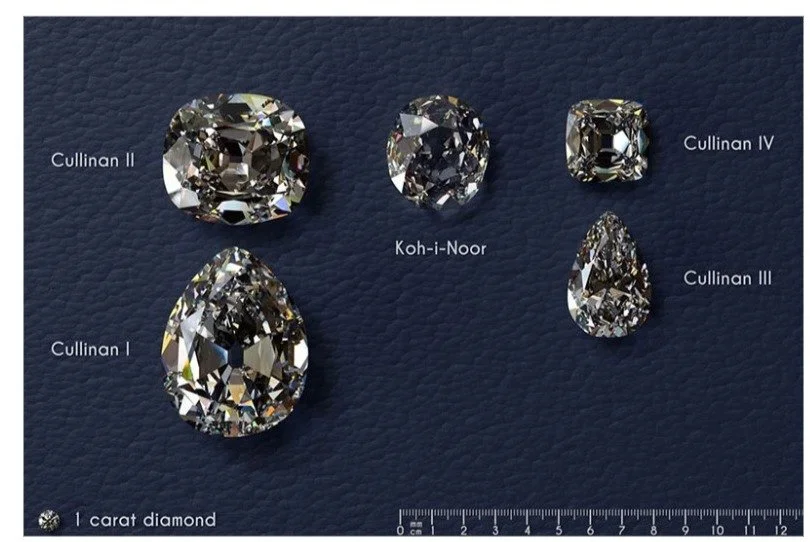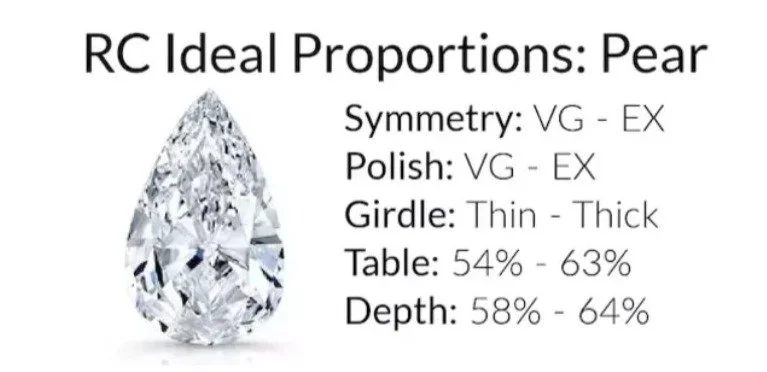Eye Twitching: Causes, Remedies, and Prevention Tips
Eye twitching—medically known as myokymia—is a frequent and often harmless occurrence that can catch you off guard. Most people will experience this involuntary eyelid spasm at some point. It can be unpleasant or cause concern, especially if it lingers. If you’re finding yourself repeatedly wondering, why is my eye twitching, you’re not alone—this question is so common it’s routinely addressed by eye care experts. Understanding the underlying causes, most effective remedies, and ways to prevent future episodes can help you feel more at ease when eye twitching strikes.
Common Causes of Eye Twitching
Several everyday factors can trigger eye twitching. The most prevalent causes include:
Stress: Emotional stress puts your body into overdrive and causes muscles around your eyes to tighten and spasm.
Fatigue: Not getting enough sleep or rest can make your eyelid muscles more sensitive and prone to twitching.
Caffeine and Alcohol: Overconsumption of caffeinated drinks or alcohol can overstimulate your nervous system, resulting in fleeting eyelid spasms.
Eye Strain: Prolonged screen time from computers, tablets, or smartphones can fatigue your eye muscles and lead to twitching episodes.
Dry Eyes: Reduced tear production or excessive screen use can leave your eyes feeling dry and reactive, sparking spasms.
Nutritional Imbalances: A lack of essential minerals—especially magnesium—can provoke muscle contractions in different parts of the body, including the eyes.
Factors such as allergies, irritant exposure, or certain medications might also heighten the likelihood of eyelid spasms. Most cases are temporary and resolve independently, but understanding your triggers makes it easier to manage symptoms over time.
Effective Home Remedies
Most mild cases of eye twitching will improve with simple adjustments to your daily routine. If you’re eager to stop the spasms, try these proven home remedies:
Manage Stress: Use calming techniques like mindful breathing, meditation, or yoga to ease tension in your body and decrease the frequency of eyelid spasms.
Ensure Adequate Sleep: Establish a consistent sleep schedule and aim for seven to nine hours of restful sleep each night to keep your muscles—including those in your eyelids—well-rested and relaxed.
Limit Caffeine and Alcohol Intake: Cutting back on these stimulants can reduce hypersensitivity in the nervous system and relieve twitching.
Reduce Screen Time: Follow the 20-20-20 rule: every 20 minutes, take a 20-second break and look at something 20 feet away. This practice minimizes eye strain and helps prevent spasms.
Use Artificial Tears: If you’re experiencing dry eyes, over-the-counter lubricating eye drops (artificial tears) can restore comfort and may quickly calm a twitch.
Apply Warm Compresses: Placing a clean cloth over your closed eyes for several minutes can ease soreness and relax the overactive eyelid muscles.
Gentle facial massage can also bring relief for persistent or bothersome symptoms. Additionally, ensure that your work environment is well-lit and your screen is at a comfortable distance to reduce overall strain on your eyes.
When to Seek Medical Advice
Most episodes of myokymia are self-limiting and don’t require medical intervention. However, consult a healthcare professional if you experience any of the following:
Twitching that lasts longer than two weeks or doesn’t improve despite self-care
Spasms that spread to other parts of your face or body
Drooping eyelids or noticeable changes in your vision
Persistence of redness, swelling, or a yellowish discharge from the eyes
These symptoms may indicate a more complex neurological or ocular condition—such as blepharospasm or hemifacial spasm—that requires medical treatment. The Mayo Clinic has more information about when to seek care for persistent or unusual eye movements.
Preventive Measures
To keep those bothersome eyelid twitches at bay, consider adopting these long-term prevention strategies:
Maintain a Balanced Diet: To keep muscles healthy, prioritize foods naturally high in magnesium, such as spinach, almonds, and whole grains.
Stay Hydrated: Drinking enough water each day supports muscle and nerve function, reducing your risk of muscle spasms, including those in your eyelids.
Practice Good Eye Hygiene: To minimize irritation and strain, take regular breaks from screens, use proper lighting, and avoid rubbing your eyes.
Developing habits that promote overall wellness can also lower your risk of recurring myokymia. Practice relaxation techniques, balance your workload, and monitor stimulant intake as part of a holistic approach to eye health.
With a practical understanding of the causes and remedies for eye twitching, you can take simple steps to manage and prevent this common nuisance, restoring comfort and peace of mind.













